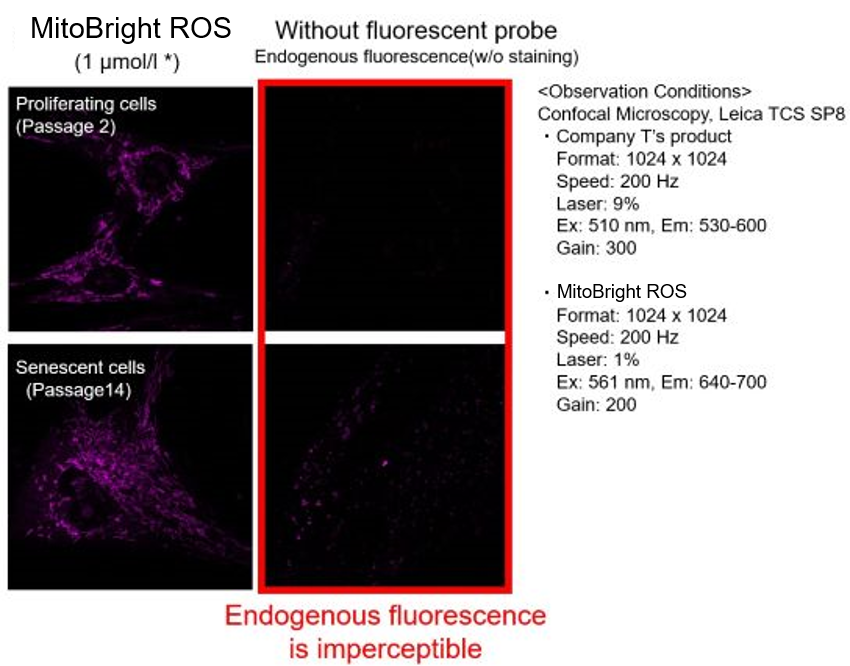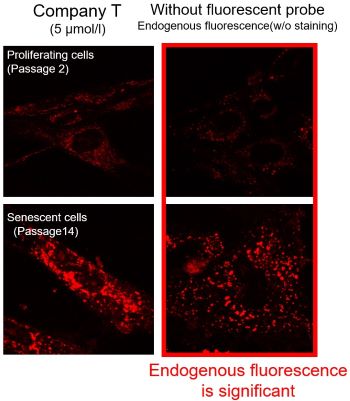|
This article focusing on an intriguing study that emphasizes the critical role of astrocytic mitochondrial dysfunction in neurodegeneration and neuroinflammation, closely resembling Alzheimer's disease. The study underscores the significance of lipid homeostasis controlled by astrocytic OxPhos in maintaining brain health. We hope you find this information informative and inspiring for your research endeavors. |
|
Loss of fatty acid degradation by astrocytic mitochondria triggers neuroinflammation and neurodegeneration Click here for the original article: Yashi Mi, et. al., Nature Metabolism (2023) Point of Interest
|
| Related Techniques |
|
|
|
|
|
|
|
| Related Applications |
1. Monitoring ROS in Macrophage PhagocytosisDead cells (2&3) phagocytosed by Cell1 resulted in increased ROS(green). ROS detection reagent allowed for reliable analysis of the role of ROS in phagocytosis. Its high intracellular residence and low background noise made it possible to perform long-term analysis of ROS production in the cell. This information can provide important insights into the mechanisms of phagocytosis and contribute to the development of treatments for diseases associated with macrophage dysfunction. > for detail experimental notes are available at Nikon web site. Products in Use Related Product |
2. Mitochondrial Superoxide Detection in Senescent CellsBackground fluorescence caused by lipofuscin can be minimized by using a better fluorescent probe, as tested in TIG-1 cells. Lipofuscin accumulates in senescent cells, causing increased background fluorescence during observation. To minimize the effects of endogenous fluorescence from lipofuscin and other substances, a better fluorescent probe was tested in TIG-1 cells. Company T's product exhibited endogenous fluorescence, while MitoBright ROS Deep Red showed less background fluorescence. Researchers should compare sensitivity, wavelength, and channels and select the appropriate fluorescent probe to minimize endogenous fluorescence for accurate cellular senescence research. Products in Use |


















